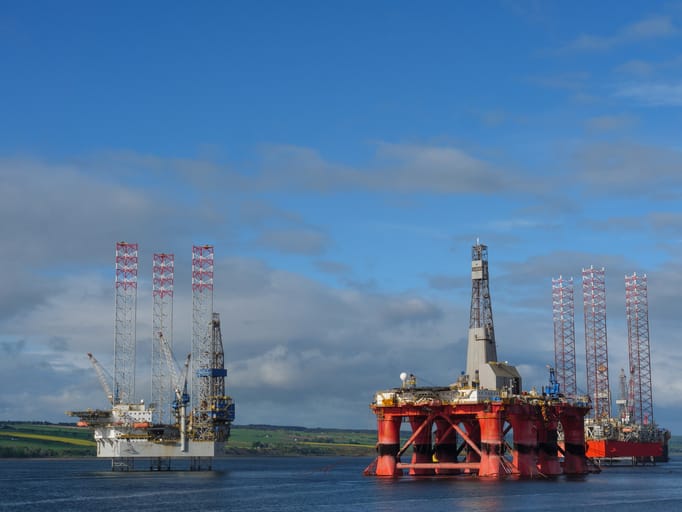What is the role of haulage in ports and construction?
Haulage links ports and construction sites by moving cargo, abnormal loads, and heavy machinery. It supports every stage of a business project where timely transport is critical.

Haulage in ports and construction supports major projects across the UK. Ports run on timed cargo moves linked to vessel schedules. Construction sites depend on the on-time delivery of cranes, turbines, and beams. Heavy haulage transport and abnormal load logistics enable this work. Specialist vehicles such as SPMTs support safe movement. Engineering, safety, and technology keep projects on track.
See the Glossary Terms in Ports and Construction at the end for definitions of technical terms.
Haulage links ports and construction sites by moving cargo, abnormal loads, and heavy machinery. It supports every stage of a business project where timely transport is critical.
Ports handle containerised and bulk cargo under strict vessel deadlines. Construction projects focus on cranes, turbines, and beams delivered to restricted or urban sites. In ports, this often includes container haulage and broader container logistics as part of supply chains.
Heavy haulage transport, abnormal load logistics, modular trailers, SPMTs, and escort vehicles support large-scale projects. Each service is planned against technical, legal, and safety requirements. Operators offer route surveys, risk assessments, and load planning as part of project preparation.
Safety risks, environmental compliance, and time pressure are common. Port haulage must fit vessel timetables. Construction haulage must meet project deadlines and access limits. Companies that operate across both sectors face strict regulation and site challenges.
Real-time tracking, digital route mapping, predictive maintenance, and modular trailer systems improve transport. These tools increase safety and reliability across both ports and construction. Many firms adopt the latest fleet technology to improve results and reduce downtime.
| Aspect | Port Haulage | Construction Haulage |
|---|---|---|
| Main Cargo | Containers, bulk goods, cranes | Cranes, turbines, bridge beams |
| Key Constraint | Vessel deadlines, customs | Site safety, road access |
| Regulatory Needs | Dockside permits, customs clearance | Abnormal load permits, road surveys |
| Technology | Port cranes, container handling | Hydraulic trailers, SPMTs |
Any vehicle above 2.9m wide, 18.65m long, or 44 tonnes gross weight is classed as abnormal under UK law. It requires permits and escorts (National Highways).
Port haulage links vessel schedules, customs checks, and dockside limits. Road haulage is less time-bound but covers wider routes. Effective transport services connect both.
Specialist trailers, hydraulic platforms, and SPMTs move oversized equipment. Standard flatbeds are used only for smaller loads.
Safety hazards, weather, route restrictions, and compliance failures are the key risks. Training and planning keep projects safe and efficient under strict schedules.
Abnormal load moves may take weeks due to permits and surveys. Standard loads may take days.
Haulage in ports and construction supports large projects by linking ports, roads, and worksites. It relies on planning, skilled crews, and modern fleets.
PSG Marine & Logistics offers the haulage services and modern HGV fleet for hire at competitive rates. We manage standard, heavy, and abnormal loads from Invergordon across Scotland and the UK. The company uses cost-effective planning with dependable services across multiple regions.
It aims to meet customer needs through practical solutions and a strong industry experience base. PSG Marine & Logistics has helped to establish long-term partnerships across a wide range of sectors.
📞 Contact: +44 (0)1224933720
📧 Email: sales@psg-inv.com
Clients across Scotland rely on PSG Marine & Logistics for crane hire, port services, and logistics support. Here’s what they say about working with us.